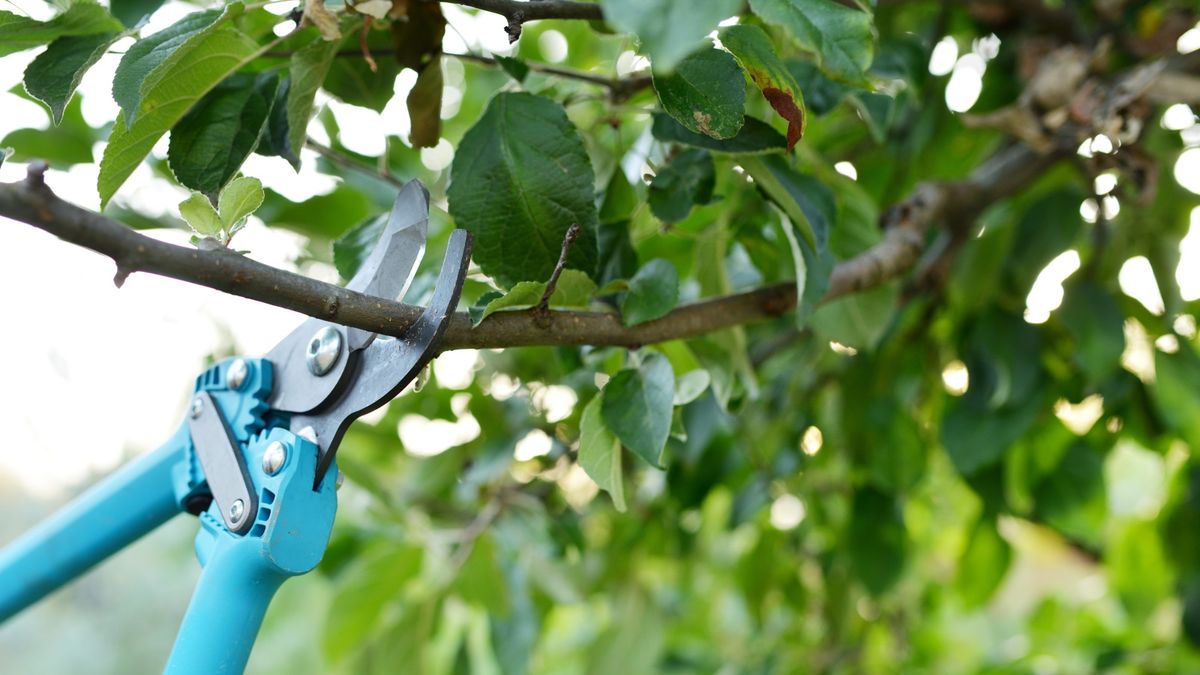June is a busy time in the garden. Trees, shrubs and perennials are producing new shoots, and as temperatures rise, this new growth can be surprisingly rapid. While it is a joy to see lush new foliage and flowers in the yard, certain plants will benefit from spring pruning, and doing so now will improve plant shape and health for the coming months.
It is important to remember that not all plants should be trimmed and tidied in June, and pruning at the wrong time can do serious damage to plants. For this reason, it is best to adopt a considered approach to garden maintenance, identifying what plants to prune in spring, while also making a note of what not to prune.
So, before you reach for the pruning shears and get snip-happy, take a minute to study the below guide on the plants to prune in June, helping you to avoid any costly pruning mistakes.
(Image credit: Getty Images/Toni Jardon)
What should you prune in June?
There are many shrubs, trees and climbers that can be pruned this month. By June, many deciduous plants have flowered on last year’s growth, and immediately after blooming is the best time to tidy, shape and trim. While this will depend on your US hardiness zone and the climate, spring is typically the right time to spruce up many deciduous plants. Here, we share 7 plants to prune in June.
1. Viburnum

(Image credit: Getty Images/Jacky Parker Photography)
It is impossible not to love the scent and pale color of viburnum blooms. As a winter and spring flowering shrub, by June, viburnum blooms will have faded, making this the perfect time to complete some light pruning.
When considering how to prune viburnum and when to prune viburnum, I would recommend tidying your plant after flowering, which can be as late as May or June.
Whether you grow an evergreen or deciduous variety, you can remove any spindly or weak growth by cutting back to a larger stem. In addition, remove any dead or diseased stems.
Depending on the species, many viburnum plants produce attractive summer berries, so leave the faded blooms to ensure that fruit is produced later in the year. While it is a good idea to carry out light pruning at this time, it is best to leave heavy pruning and shaping to the late winter months early next year.

These Felco metal pruning clippers are constructed of forged aluminum, with comfortable handles and hardened steel blades. With a large cutting capacity, these pruning shears will make light work of all your gardening tasks.
2. Serviceberry
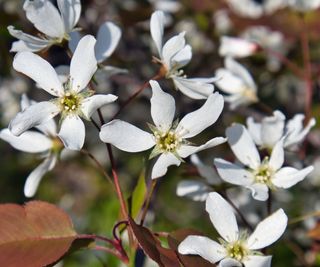
(Image credit: Esa Hiltula/Getty Images)
Spring flowering shrubs, including serviceberry trees, help to add interest to the yard during the early part of the growing season. Often considered some of the best trees for small gardens, serviceberry trees are popular with birds and pollinators drawn to the blooms of native plants.
If your serviceberry trees – otherwise known as Amelanchier – need corrective pruning or shaping, it is best to do this after they have flowered. Typically, by June, blooms will have faded and fallen, so this is a good time to reach for the pruning shears.
Using clean, sharp shears, such as these Kynup secateurs from Amazon, remove any unwanted, dead or damaged stems, and in a few weeks, new growth will emerge from these pruning points.
3. Weigela
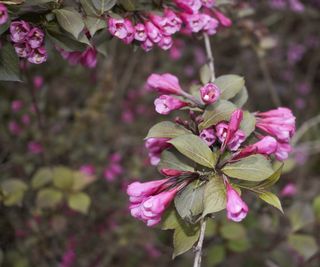
(Image credit: Getty Images/seven75)
When considering how to prune weigela, cutting back at the right time is important. Doing so will help to improve the shape and health of your weigela plants and encourage more blooms in subsequent years.
You will want to enjoy the blooms before pruning, so it is a good idea to wait until May or June. Once your weigela plant is finished flowering, I suggest you prune it as soon as possible, as next year’s flower buds will develop on new shoots.
Remove any dead or diseased stems, cutting right down to the base, this will encourage compact and vigorous growth. It is important to remember to stick to the one-third pruning rule, meaning that you do not prune more than one-third of the plant, to avoid shocking it.
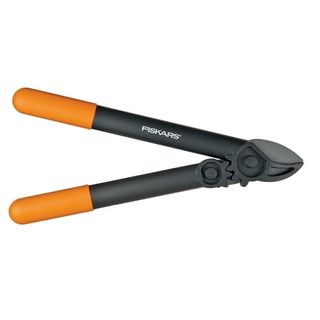
These loppers have a unique technology that will allow you to cut through thick branches. In addition, this special tool reduces strain on your hands, wrists and muscles, allowing you to reach and cut many branches with ease.
4. Clematis montana
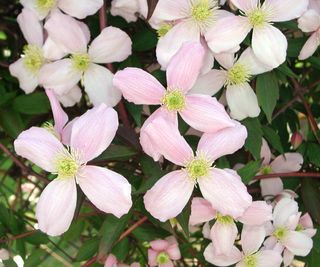
(Image credit: Getty Images/seven75)
Clematis montana is one of my favorite climbers. This striking group 1 clematis plant has pale pink blooms that herald the arrival of spring. Fortunately for gardeners, this clematis is very easy to grow.
When considering how to prune Clematis montana, like other early-flowering clematis plants, it can be cut back after flowering in June, if required. While this pruning will not determine next year’s blooming, every so often it is necessary to revive woody clematis plants.
Remove tangled, woody stems, cutting above a leaf node. If serious rejuvenation is needed, I would recommend taking some insurance clematis cuttings, before cutting down to 10 inches above the base of the plant.
5. Magnolia
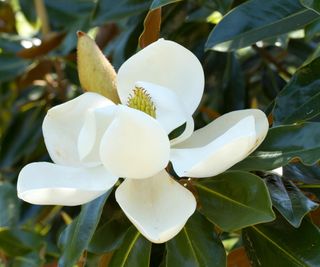
(Image credit: BIOSPHOTO via Alamy)
Magnolia trees are prized for their large and impactful blooms. There are many different varieties of magnolia, including both evergreen and deciduous species, so always research the appropriate pruning technique that is suitable for your plant.
In general, when considering the right time to prune a magnolia tree, magnolias do not require frequent trimming, though it is important to understand how to care for a magnolia, to keep it healthy.
The most suitable time to prune magnolias is usually after they bloom, which is typically around late spring and early summer. Pruning at this time will allow your magnolia trees enough time to heal and recover before the colder months of fall and winter.
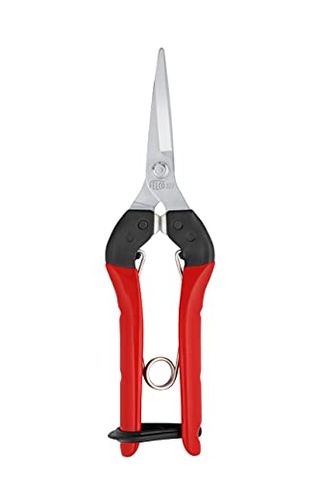
With steel blades, these Felco snips have a smooth and precise cut that makes easy work of tough pruning jobs, without damaging the fruit or flowers. Best used for perennials and new growth, not for woody stems.
6. Lilacs
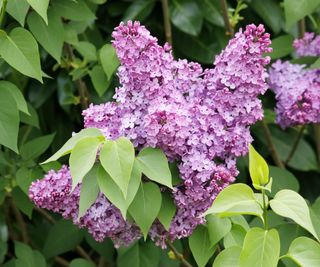
(Image credit: Getty/Christophe Lehenaff)
If you learn how to grow lilac plants, you will enjoy perfumed spring blooms every year. When considering how to prune lilac shrubs, it is important to remember that these deciduous plants flower on last year’s growth, meaning that pruning is best done as soon as this year’s blooms fade, typically around June.
While it might seem severe to cut back lush new growth, doing so will help to preserve a healthy and happy plant that is both shapely and manageable. Remove any dead wood, cutting stems back to a leaf node or the ground.
When pruning, I always recommend to gardeners that they take their time, regularly standing back and inspecting their work. If you want to shape your tree, now is the time to remove any crossing or unwanted stems, creating a natural, fan-like shape in the process.
7. Berberis

(Image credit: Getty Images/Raj Kamal)
Evergreen Berberis plants, including the familiar Berberis darwinii, tend to bloom during early to mid-spring, erupting with masses of brightly colored flowers. Berberis darwinii is an excellent plant if you are looking to grow flowering hedges, providing both evergreen cover and bright orange spring blooms that look impressive in a front yard.
All evergreen Berberis shrubs can be pruned immediately after flowering, meaning that late spring is a good time to reach for the tools and give your plants a tidy. I would recommend using secateurs as opposed to hedge shears or electric hedge trimmers, removing any long, whippy stems, but cutting carefully so that you leave some flowering stems undisturbed.
Remember that these flowering stems will go on to produce berries in the fall, so it is best to alternate between heavy and light pruning and leave some stems to provide color in the fall.
FAQs
Can I prune roses in June?
No, rose pruning is not recommended during the late spring or summer months. It is best to wait until the fall or winter, once the rose plant is back in a dormant state. For more information, see our guide to the most common rose-pruning mistakes, so that you know which rose-pruning errors to look out for.
Pruning your trees, shrubs and perennials is an important task in the spring garden, just be sure that you are trimming the right plant for this time of year. For more pruning information, see our guide on when to prune fruit trees, to ensure that your cherry, apple and pear trees look great and produce a bounty of fruit this year.

